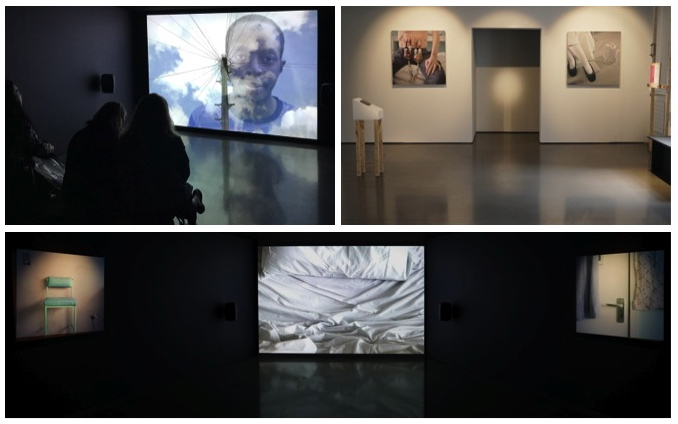
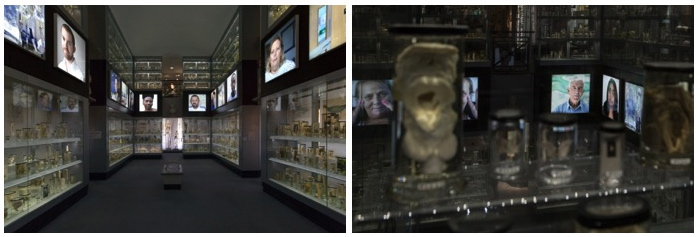
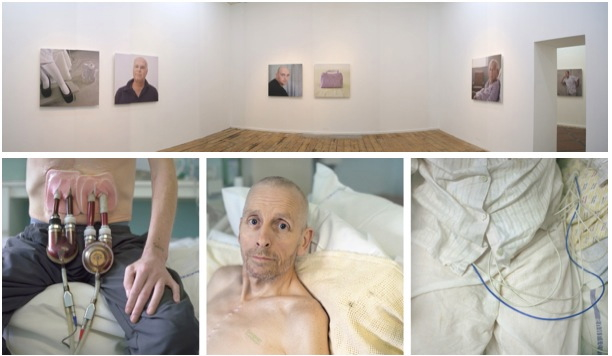
Transplant from London Consortium TV on Vimeo.
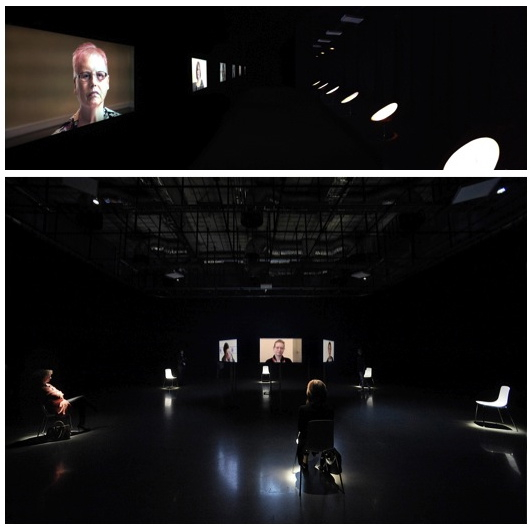
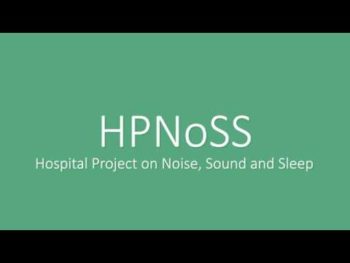
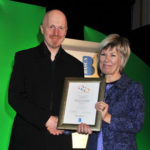
John Wynne has a diverse artistic practice which includes socially engaged projects as well as site-specific installations and sculptural works. Although his work often has a strong visual impact, it is always led by his interest in sound. His socially engaged practice is most often collaborative in nature, and he has worked closely with linguists, medical practitioners, anthropologists, acoustic engineers, photographers and film makers. Many of the projects below were collaborations with the late photographer and film maker Tim Wainwright. Tim and John were artists in residence at two world-leading centres for cardiothoracic and abdominal transplants in the UK, Harefield Hospital and the Royal Free Hospital in London, where they recorded, photographed and filmed patients, the devices they were attached to or had implanted in them, and the hospital environment. They also worked with women across Europe with advanced (metastatic) breast cancer. John is currently involved in a multi-disciplinary research project called HPNoSS, Hospital Project on Noise, Sound and Sleep.
Critics and Articles
About Birds I wouldn’t have heard (2019)
Wainwright and Wynne pick their way across a minefield of colossal emotions, hallucinatory experiences and cutting edge medical technology with great tenderness and delicacy.
Clive Bell
(The Wire Magazine)
Through all the differences and similarities of sound and vision, seeing and hearing, looking and listening, a rapprochement emerges in the collaboration. The insistent stillness of a photograph hovers in and out of the temporal movement of spoken language, but both add a powerful sense of human presence and individuality to each other.
David Toop
(Depths and Clamour; inside and outside)
The work is supercharged with affect. Understated rather than sentimental, it evokes a sense of quiet dread, of mortality and frailty; the visceral, bodily sensation of illness, death hovering close by; but also hope, hanging on by the fingernails, the miracles of medical science, of new life.
Michael Gallagher
(Field Recording and the Sounding of Spaces)
In various ways, heart and lung transplants blur the easy distinctions between life and death, between being alive and not. The transplant unit at Harefield is a place where all these issues cross, where dying and living has a different and more elastic meaning than in the world outside.
Charles Darwent
(Art critic, Independent on Sunday)
About Transplant and Life (2016-2017)
It is hard not to be moved by the accounts of patients who have had, or are waiting for, kidney, liver, pancreas, heart, and lung transplants. Candid words play against pictures of faces in quiet reflection, while videos, images and sounds seem to accent what it expressed: birdsong, an empty stack of chairs, daffodils, green backs bent over the operating table. Claire Marx, the RCS’s first female President, spoke feelingly at the launch of how proud she felt to have the testimony of patients put centre-stage, within such hallowed walls, for the very first time. She is right to claim that this modest exhibition is “the jewel in the crown” of what the RCS has to show. In proclaiming that what matters most to surgeons is their patients, Marx makes a gesture on behalf of our whole community, one that is important and certainly long overdue.
Gabriel Weston
(The Lancet)
About Transplant (2016-2017)
Article about “Transplant”, THE TIMES.
Article about “Transplant”, The GUARDIAN.
Article about “Transplant”, WIRE.
About I Am Not the Cancer (2013-2015)
Without commotion or comment, Tim Wainwright and John Wynne’s thoughtful installation discloses the experiences of women with metastatic breast cancer. Six video portraits are accompanied by the disembodied voices of their subjects, each recounting their own particular journey ‘through the fog of disease’. The projection of separate sounds and images, and the whisper of noises off, creates a muddled ambiguity that anyone who has struggled to talk about cancer will be familiar with. A sense of suspended animation is created as time is simultaneously compressed and stretched. Quiet, thinking faces create a vacancy into which conjecture about appropriate thoughts and words spills. The artists have crafted this uncertainty very gently but it leaves a lasting impression, making the isolation encountered by people with metastatic cancer tangible to the audience.
Josef James Pitt-Rashid
(The Lancet)
About HPNoSS
Hospital Project on Noise, Sound and Sleep (HPNoSS).
Article about HPNoSS in British Medical Journal



Transplant from London Consortium TV on Vimeo.



